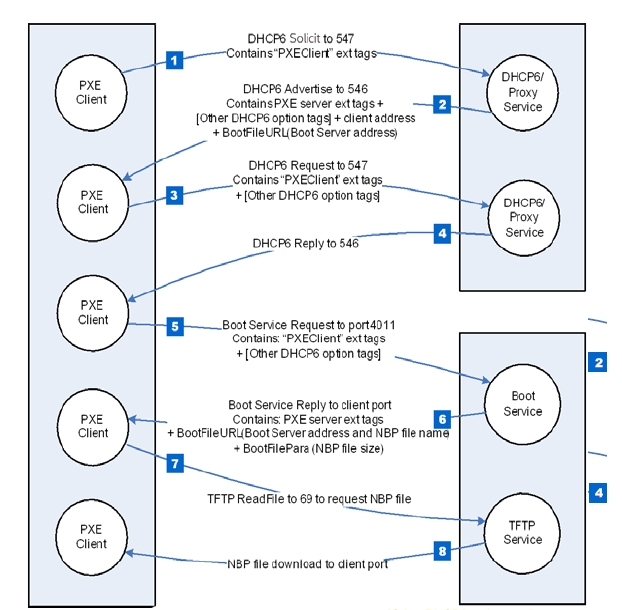UEFI firmware from five of the leading suppliers contains vulnerabilities that allow attackers with a toehold in a user's network to infect connected devices with malware that runs at the firmware level.
The vulnerabilities, which collectively have been dubbed PixieFail by the researchers who discovered them, pose a threat mostly to public and private data centers and possibly other enterprise settings. People with even minimal access to such a network—say a paying customer, a low-level employee, or an attacker who has already gained limited entry—can exploit the vulnerabilities to infect connected devices with a malicious UEFI.
Short for Unified Extensible Firmware Interface, UEFI is the low-level and complex chain of firmware responsible for booting up virtually every modern computer. By installing malicious firmware that runs prior to the loading of a main OS, UEFI infections can’t be detected or removed using standard endpoint protections. They also give unusually broad control of the infected device.
Five vendors, and many a customer, affected
The nine vulnerabilities that comprise PixieFail reside in TianoCore EDK II, an open source implementation of the UEFI specification. The implementation is incorporated into offerings from Arm Ltd., Insyde, AMI, Phoenix Technologies, and Microsoft. The flaws reside in functions related to IPv6, the successor to the IPv4 Internet Protocol network address system. They can be exploited in what’s known as the PXE, or Preboot Execution Environment, when it’s configured to use IPv6.
PXE, sometimes colloquially referred to as Pixieboot or netboot, is a mechanism enterprises use to boot up large numbers of devices, which more often than not are servers inside of large data centers. Rather than the OS being stored on the device booting up, PXE stores the image on a central server, known as a boot server. Devices booting up locate the boot server using the Dynamic Host Configuration Protocol and then send a request for the OS image.
PXE is designed for ease of use, uniformity, and quality assurance inside data centers and cloud environments. When updating or reconfiguring the OS, admins need to do so only once and then ensure that hundreds or thousands of connected servers run it each time they boot up.

By exploiting the PixieFail vulnerabilities, an attacker can cause servers to download a malicious firmware image rather than the intended one. The malicious image in this scenario will establish a permanent beachhead on the device that’s installed prior to the loading of the OS and any security software that would normally flag infections.
The vulnerabilities and proof-of-concept code demonstrating the presence of the vulnerabilities were developed by researchers from security firm Quarkslab, which published the findings Tuesday.
The network presence required to exploit most of the vulnerabilities is relatively minor. Attackers need not establish their own malicious server or gain high-level privileges. Instead, the attacker only needs the ability to view and capture traffic as it traverses the local network. This kind of access may be possible when someone has a legitimate account with a cloud service or after first exploiting a separate vulnerability that gives limited system rights. With that, the attacker can then exploit PixieFail to plant a UEFI-controlled backdoor in huge fleets of servers.
Quarkslab Chief Research Officer Iván Arce said in an interview:
An attacker doesn't need to have physical access neither to the client nor the boot server. The attacker just needs to have access to the network where all these systems are running and it needs to have the ability to capture packets and to inject packets or transmit packets. When the client-{based server] boots, the attacker just needs to send the client a malicious packet in the [request] response that will trigger some of these vulns. The only access that the attacker needs is access to the network, not physical access to any of the clients, nor to the boot server or DHCP server. Just capture packets or send packets in the network, where all these servers are running.
For PixieFail to be exploited, PXE must be turned on. For the overwhelming number of UEFIs in use, PXE isn’t turned on. PXE is generally used only in data centers and cloud environments for rebooting thousands or tens of thousands of servers. Additionally, PXE must be configured to be used in combination with IPv6 routing.



3175x175(CURRENT).thumb.jpg.b05acc060982b36f5891ba728e6d953c.jpg)

Recommended Comments
There are no comments to display.
Join the conversation
You can post now and register later. If you have an account, sign in now to post with your account.
Note: Your post will require moderator approval before it will be visible.